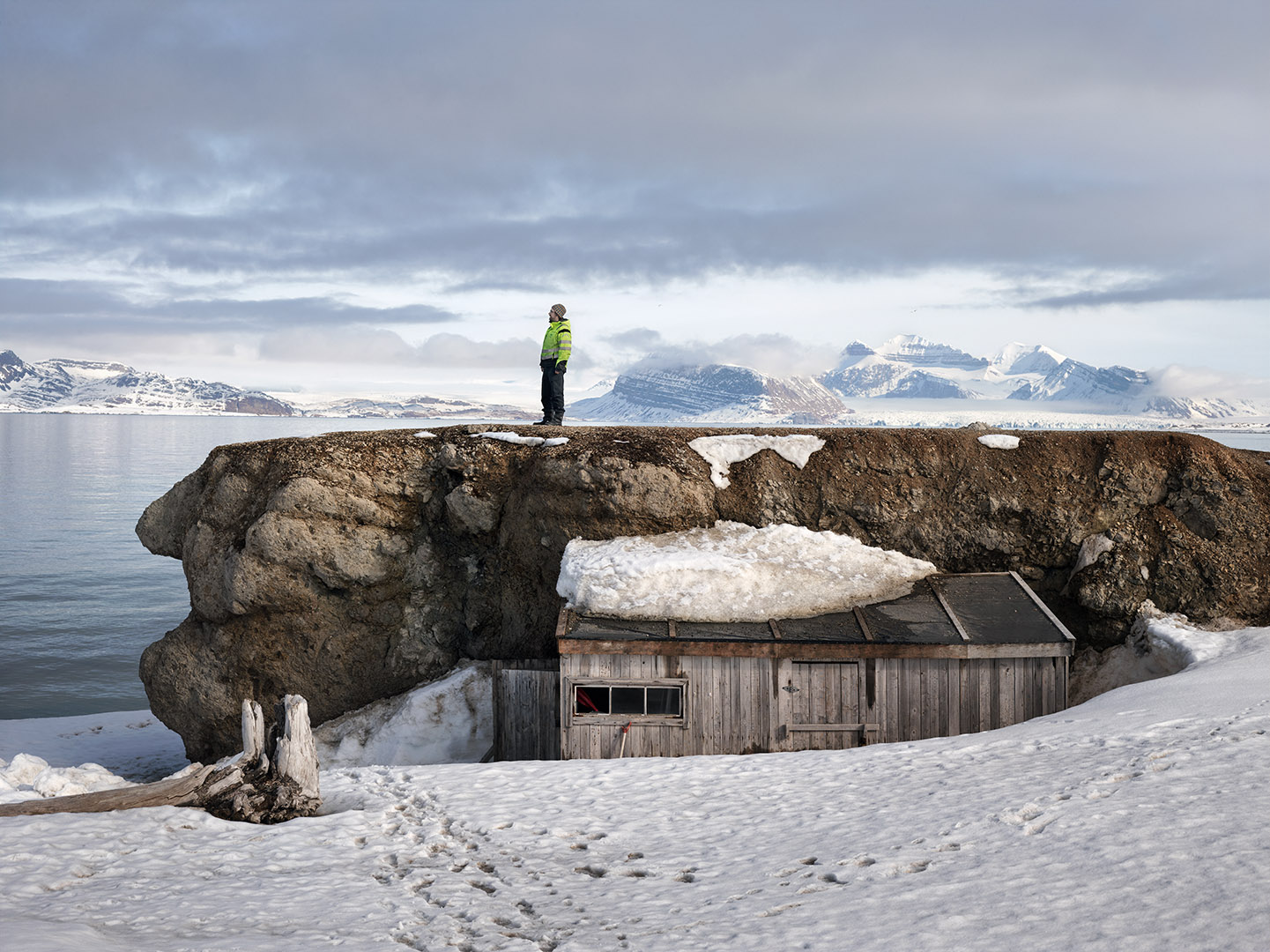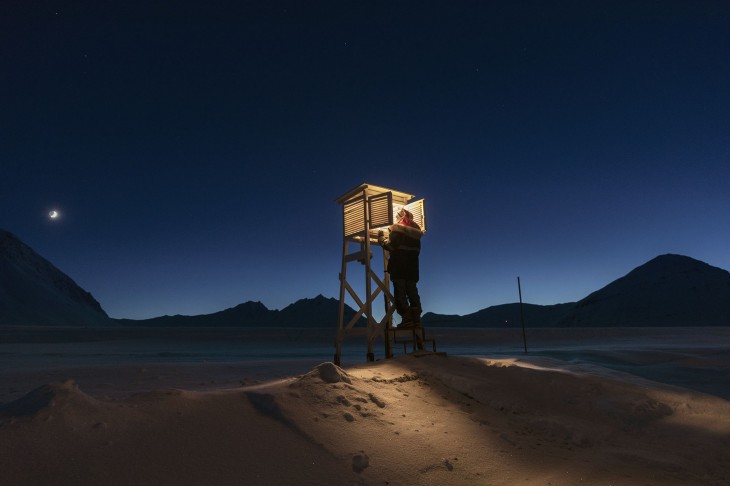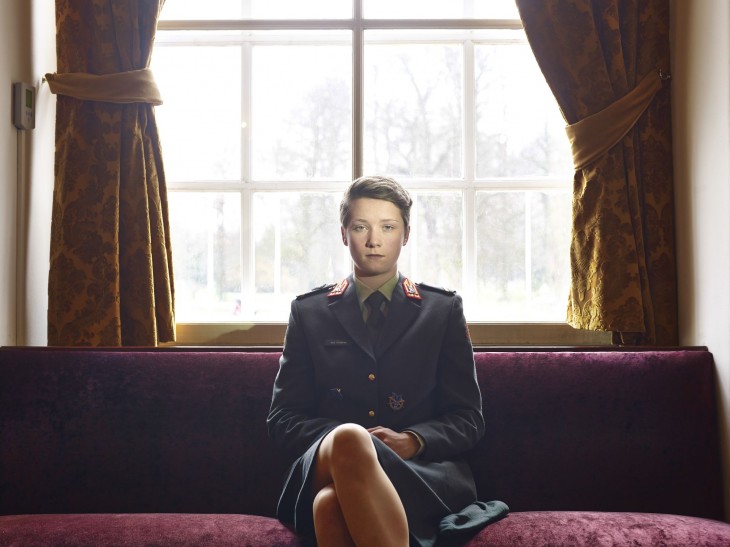 https://agencevu.com/wp-content/uploads/2023/01/PREVIEW_VERZ25357-2022CL13-copie.jpg
290
387
Archives
/wp-content/uploads/2021/05/logo-vert-2.svg
Archives2023-02-01 10:15:342023-07-20 13:29:43The renewal of the Egyptian archaeology, 2023
https://agencevu.com/wp-content/uploads/2023/01/PREVIEW_VERZ25357-2022CL13-copie.jpg
290
387
Archives
/wp-content/uploads/2021/05/logo-vert-2.svg
Archives2023-02-01 10:15:342023-07-20 13:29:43The renewal of the Egyptian archaeology, 2023Paolo
Paolo Verzone
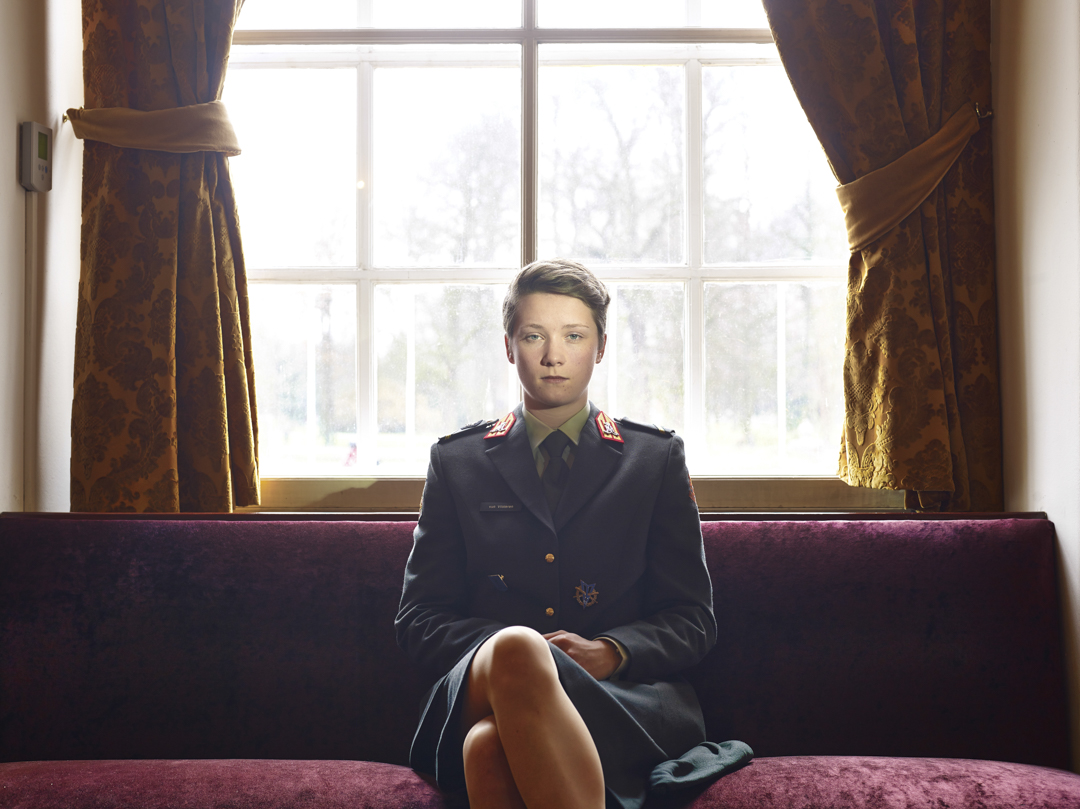
biography
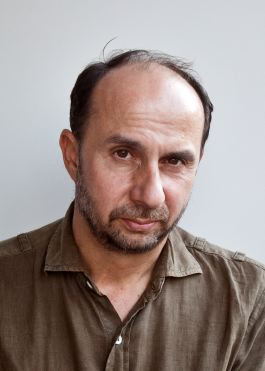
Italian photographer, born in 1967, lives and works between Paris (France) and Barcelona (Spain).
As a student of literature and design, he realized his first assignments for the Italian press at the age of 18. If he covers the news in a world in perpetual turmoil, he nevertheless looks at it with the distance of those who prefer the time of observation to the urgency of the moment. He then immerses himself in long-term projects to propose series that question, in substance and in black and white, the current world.
Whether it be a series of portraits of Europeans at the beach (Seeuropeans 1994 – 2002), or of passers-by in the streets of Moscow (Moscow Project 1991 / 2001/ 2011), his first personal projects, carried out in collaboration with his partner Alessandro Albert, question the relationship between a shared social identity and the multiple individual singularities that make it up.
In the 2000s, he moved to Paris, joined the Agence VU’, and switched from black and white to colour, from film to digital, all the while asserting his perfect mastery of light and compositional balance. In his portraits or documentary reportage, he photographs with rigour and eclecticism the way in which the individual composes with his social environment. With “Cadets” (2009-2013), he sets out to meet the officer cadets of the great military academies of Europe, bearers of both a tradition and a future, thus continuing his questioning of European identity.
From 2010-2015, the diversity of the stories he reports – from the Cannes Festival to the COP21, from Catalan demonstrations to the backstage of Matignon – leads him to explore more broadly the relationship of the individual to his own environment, on a social, cultural, historical and geographical level. He is particularly interested in scientists, whose mission is precisely to better understand what binds life to the world.
In 2015, he documented the lives of the climatologists at the Ny Alesund Arctic Research Station (Svalbard, Norway), scientists who came from all over the world to study the open-air laboratory that is the Arctic, and initiated a long-term project on this very special territory to which he regularly travels.
At the same time, he develops photographic stories of different types of researchers around the world and is notably assigned by National Geographic to documents archaeological missions (Bible Hunters in 2019; Reimagining Dinosaurs in 2020).
Winner of three World Press Photo awards, Paolo Verzone regularly collaborates with the French and international press (National Geographic, Time, The guardian, Der Spiegel, Mare, Geo, Le Monde, Libération, among others), with companies, foundations and institutions. Regularly exhibited, his photographs have been included in prestigious collections such as those of the Victoria & Albert Museum (London, Great Britain), the Bibliothèque Nationale de France (Paris, France), and the Instituto Nazionale della Grafica (Rome, Italy).
Series
 https://agencevu.com/wp-content/uploads/2023/01/PREVIEW_VERZ25357-2022CL13-copie.jpg
290
387
Archives
/wp-content/uploads/2021/05/logo-vert-2.svg
Archives2023-02-01 10:15:342023-07-20 13:29:43The renewal of the Egyptian archaeology, 2023
https://agencevu.com/wp-content/uploads/2023/01/PREVIEW_VERZ25357-2022CL13-copie.jpg
290
387
Archives
/wp-content/uploads/2021/05/logo-vert-2.svg
Archives2023-02-01 10:15:342023-07-20 13:29:43The renewal of the Egyptian archaeology, 2023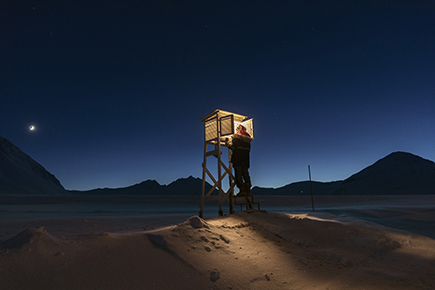
Spitzbergen, 2015-2022

Portrait of Camargue, 2021
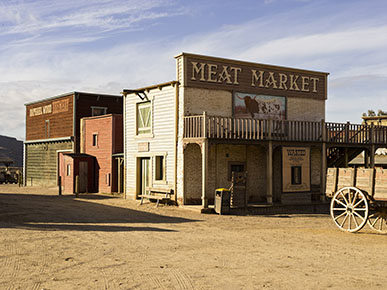
Hollywood in Spain, 2021
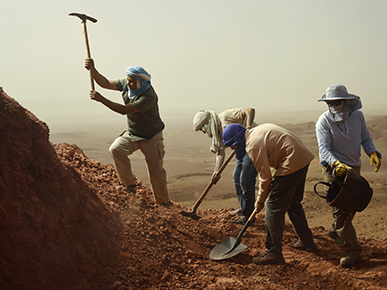
Reimagining Dinosaurs, 2020
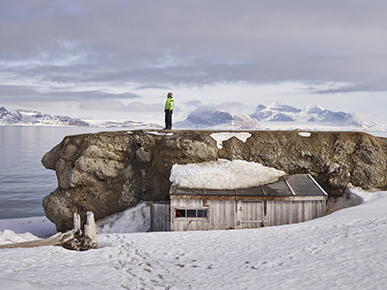
Arctic Zero, 2015-2021
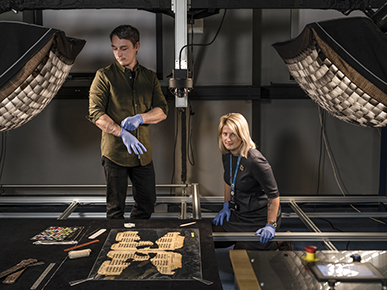
Bible Hunters, 2018
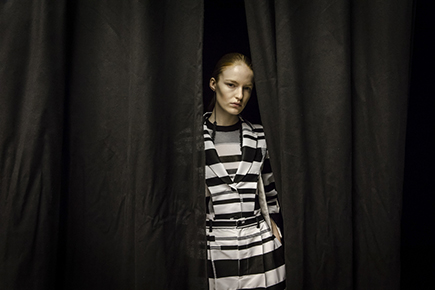
Paris Fashion Week, 2016

Cadets, 2014
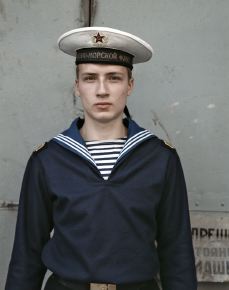
The Moscow Project, 1991-2011

Seeuropeans, 2002
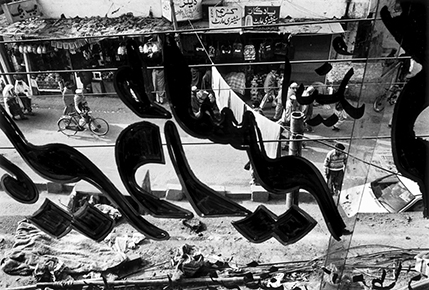
Peshawar: The darkness of light, 1997

The renewal of the Egyptian archaeology, 2023

Spitzbergen, 2015-2022

Portrait of Camargue, 2021

Hollywood in Spain, 2021

Reimagining Dinosaurs, 2020

Arctic Zero, 2015-2021

Bible Hunters, 2018

Paris Fashion Week, 2016

Cadets, 2014

The Moscow Project, 1991-2011

Seeuropeans, 2002

Peshawar: The darkness of light, 1997

The renewal of the Egyptian archaeology, 2023

Spitzbergen, 2015-2022

Portrait of Camargue, 2021

Hollywood in Spain, 2021

Reimagining Dinosaurs, 2020

Arctic Zero, 2015-2021

Bible Hunters, 2018

Paris Fashion Week, 2016

Cadets, 2014

The Moscow Project, 1991-2011

Seeuropeans, 2002

Peshawar: The darkness of light, 1997
Exhibitions
Arctic Zero
—
Cité de l’Image, Clervaux (LUXEMBURG)
—
From September 25, 2020 to September 24, 2021
Arctic Zero
—
Festival Cortona On The Move, Cortona (ITALY)
—
Du 11 juillet au 29 septembre 2019
Cadets
—
Hôtel National des Invalides, Paris (FRANCE)
—
Du 1er décembre 2014 au 22 janvier 2015
books
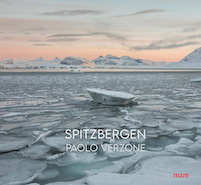
Spitzbergen
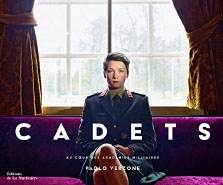
Cadets
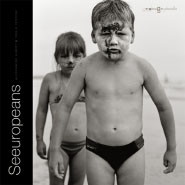
Seeuropeans
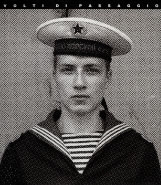
Volti di Passaggio

Spitzbergen
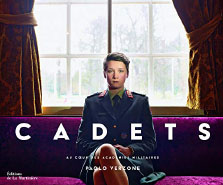
Cadets
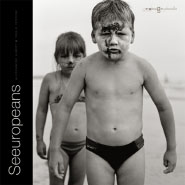
Seeuropeans
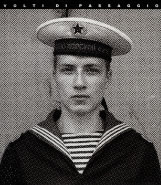
Volti di Passaggio

Spitzbergen

Cadets

Seeuropeans

Volti di Passaggio
Awards

Pictures of the Year
1st Prize, « Science and Natural History Picture Story » categorie for his series « Today’s custodians of Egypt’s cultural heritage »
2023

World Press Photo
3rd Prize, « Portrait Stories » categorie for his series « Cadets »
2015
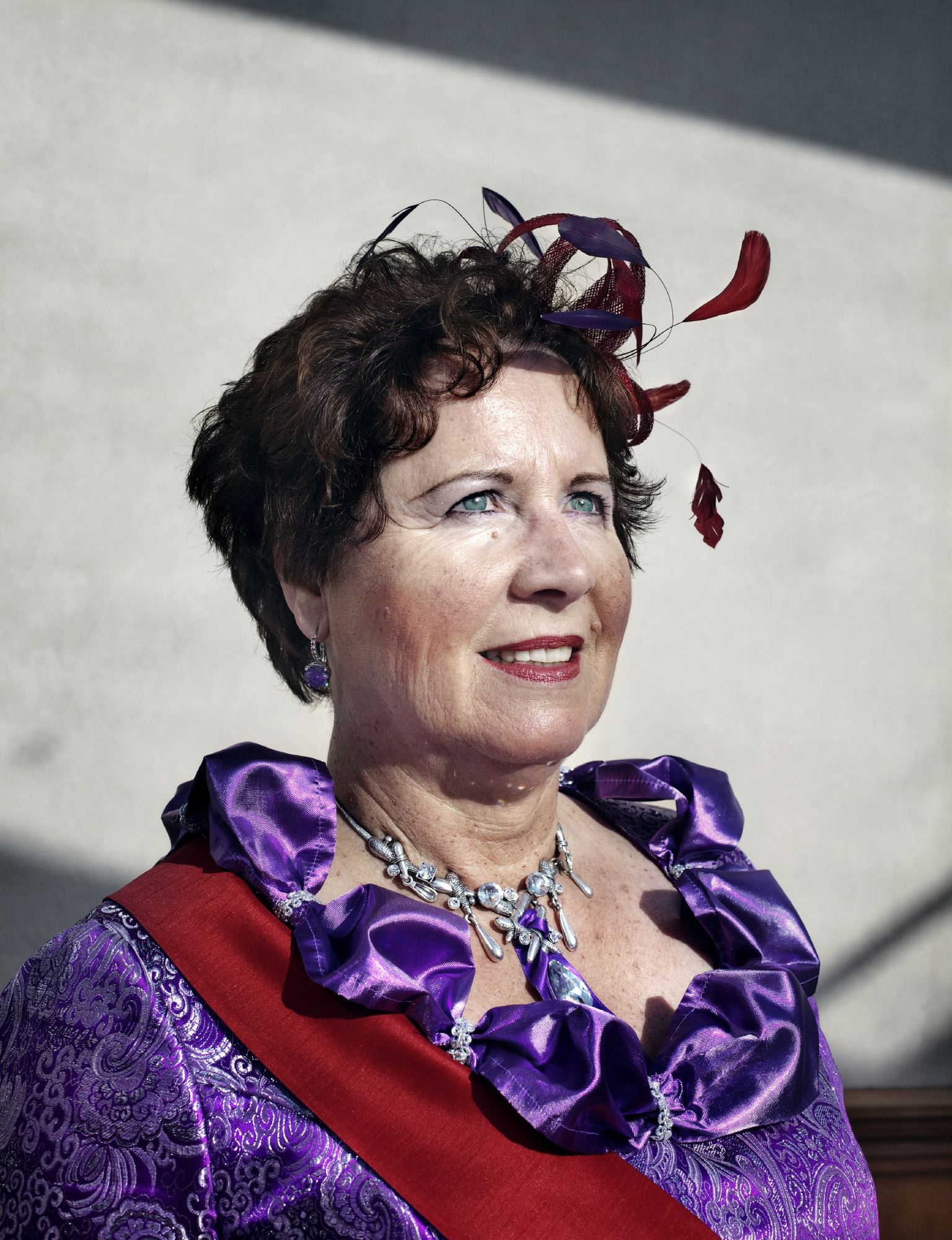
Sony World Photography Award
For his series « Red Hat Society »
2011
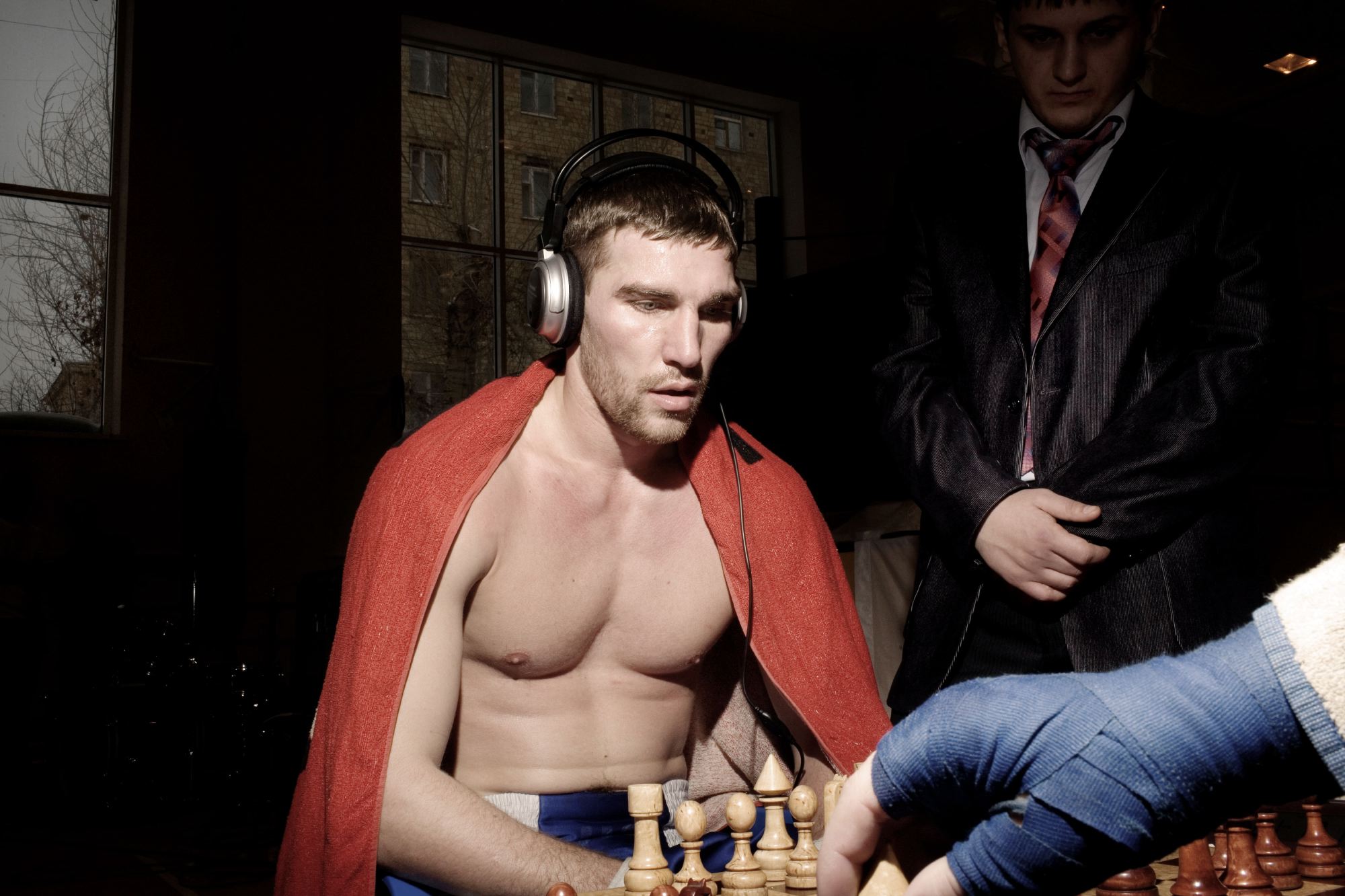
PGB Photo Award
2nd Prize, Sport categorie for his series « Chessboxing »
2010
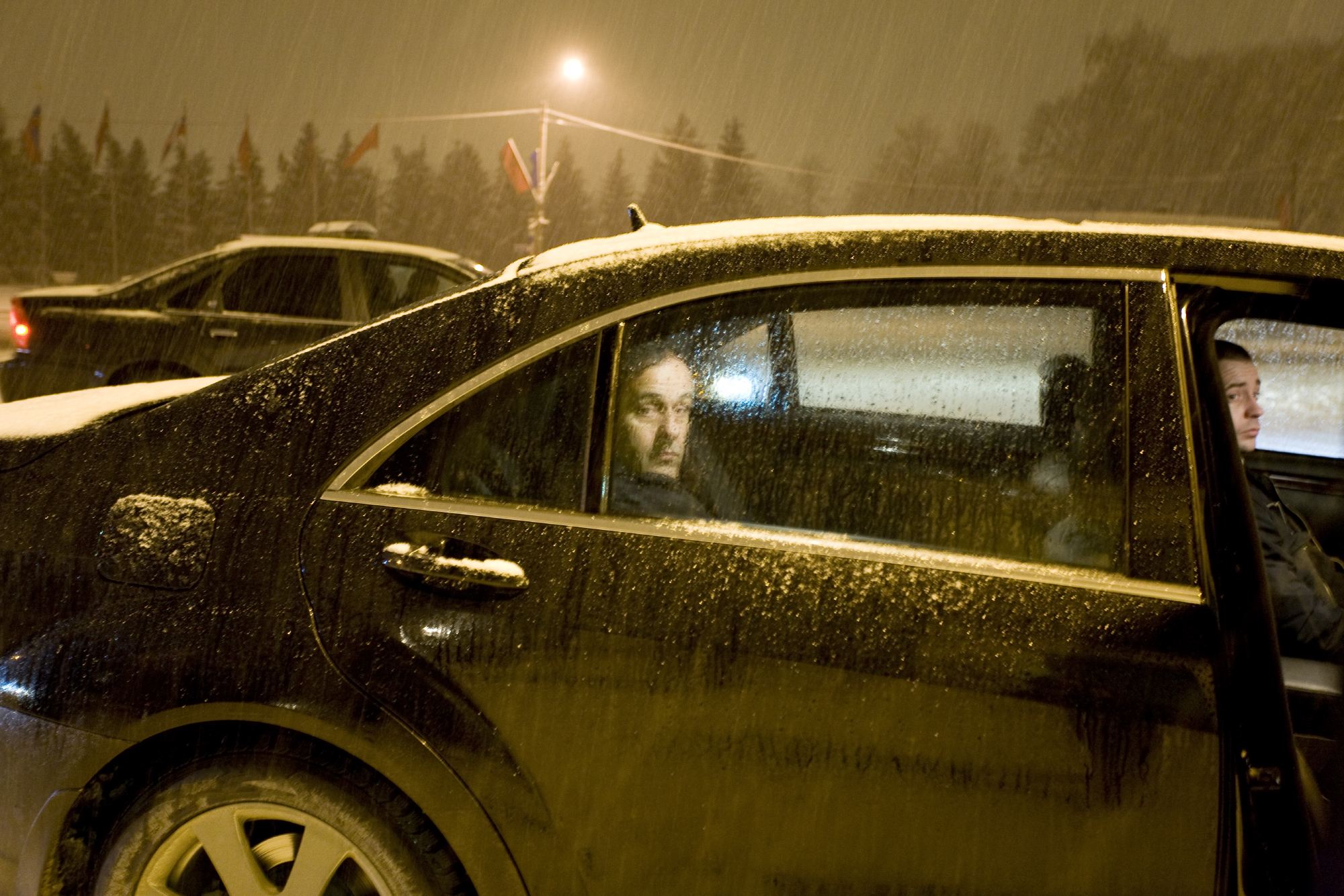
World Press Photo
3rd Prize, « Sport Stories » categorie for his series « Michel Platini, president of the UEFA »
2009
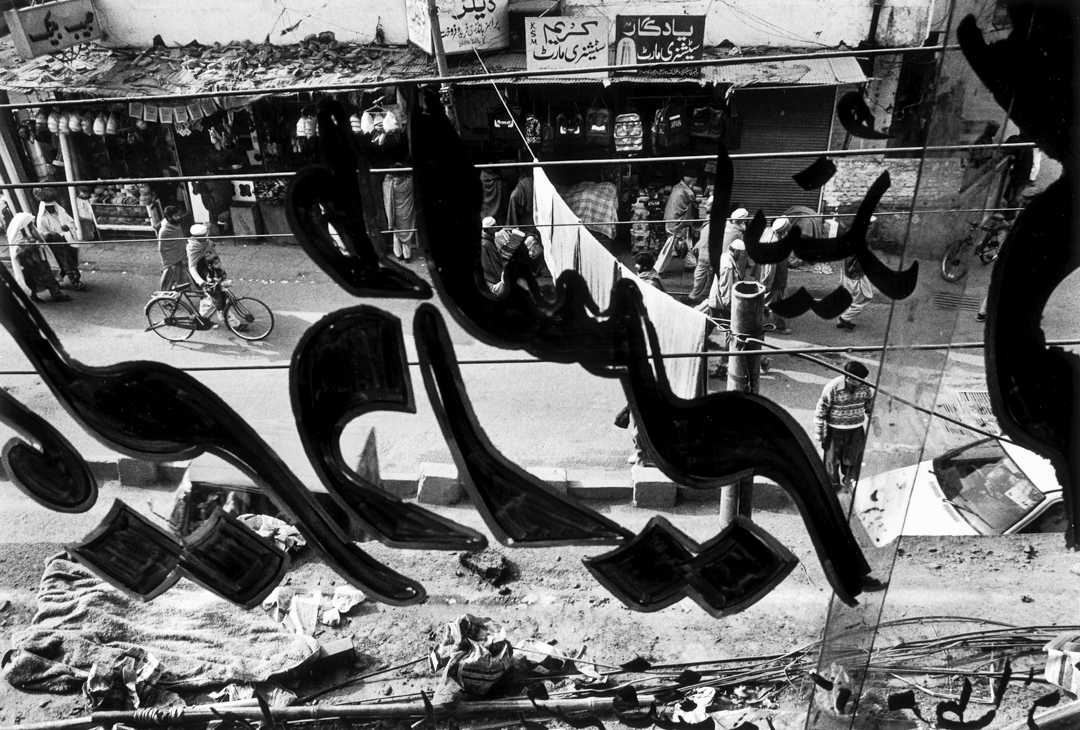
Prix Canon Giovani photography
For his series « Peshawar: The darkness of light »
2001
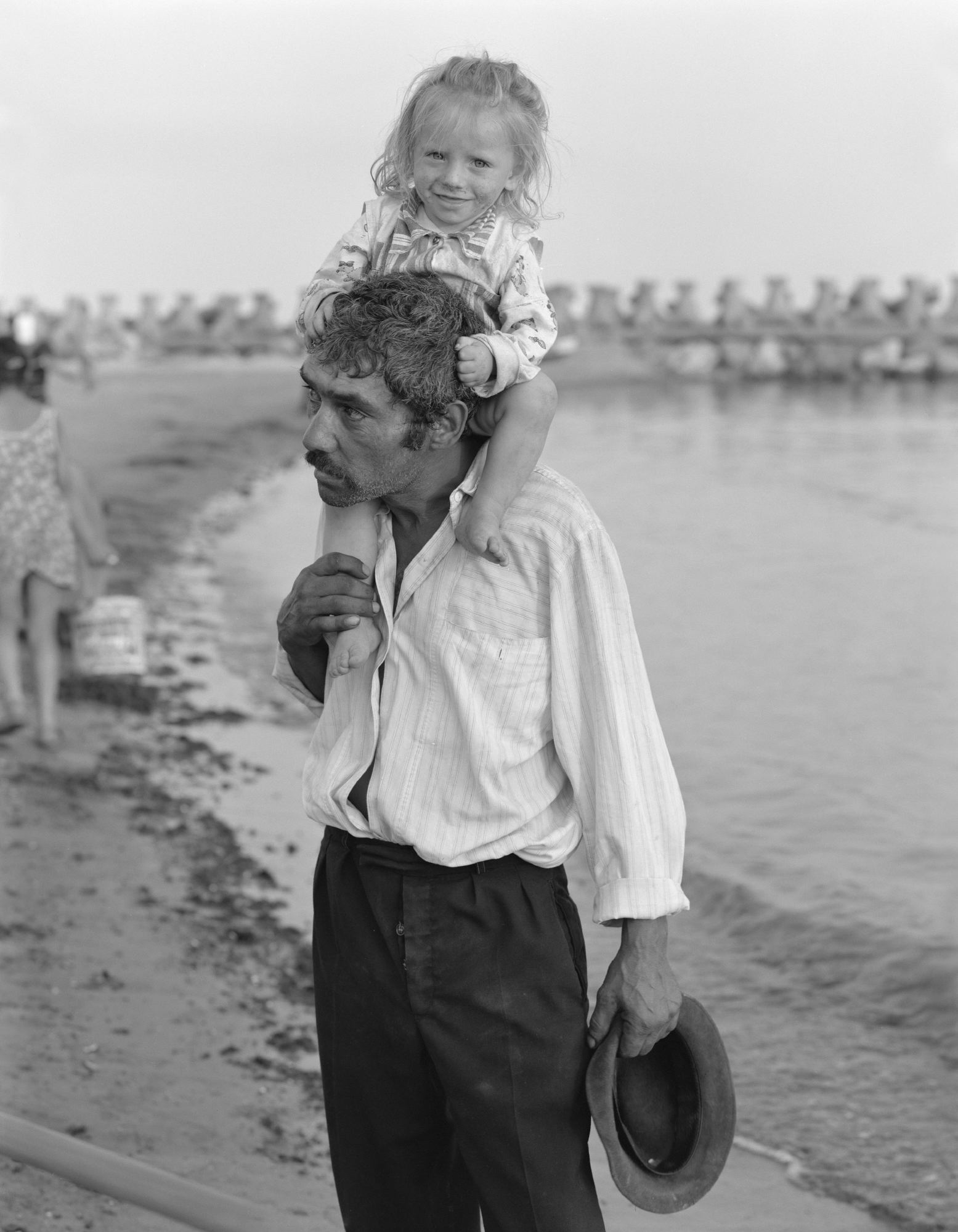
World Press Photo
3rd Prix, « Portrait Single » categorie for Albert & Verzone’s series « Seeuropeans »
2001

Prix Fondation Studio Marangoni
For Albert & Verzone’s series « Seeuropeans »
2000
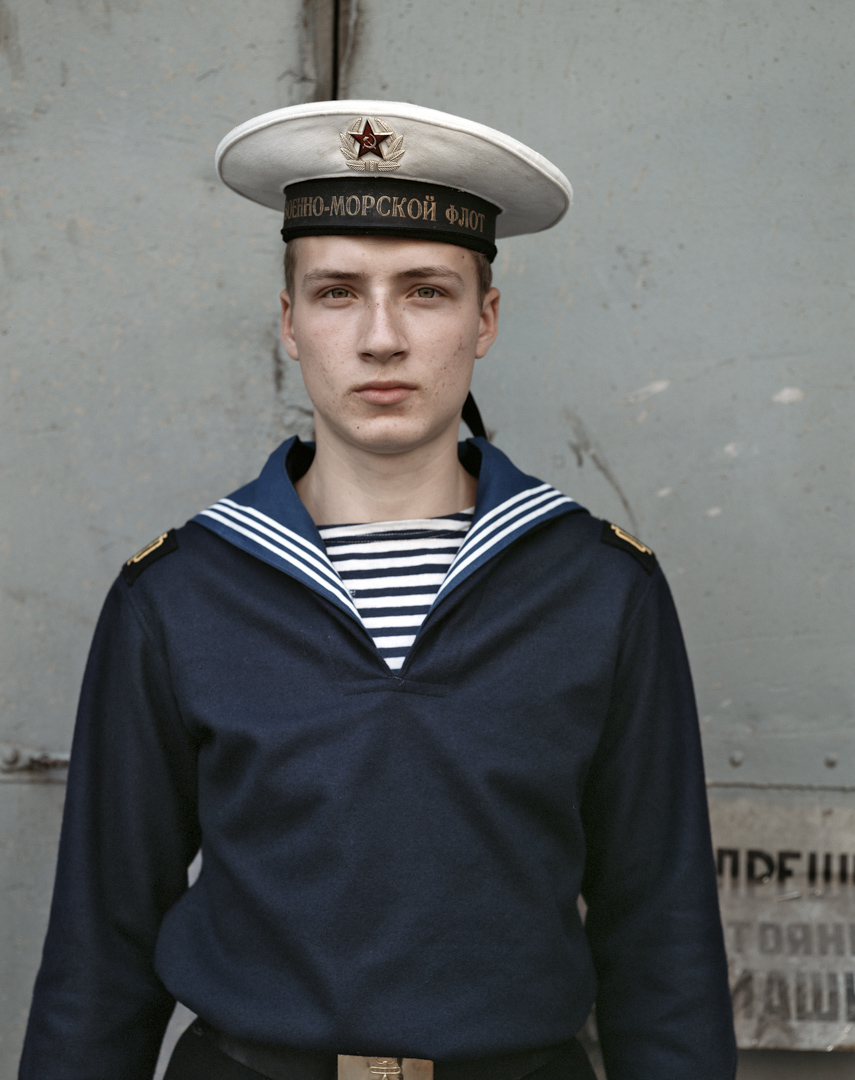
Prix Kodak du Panorama Européen
For Albert & Verzone’s series “Moscow Project 1991”
1992
